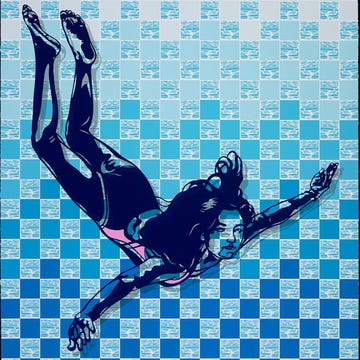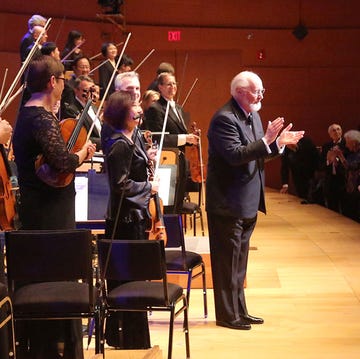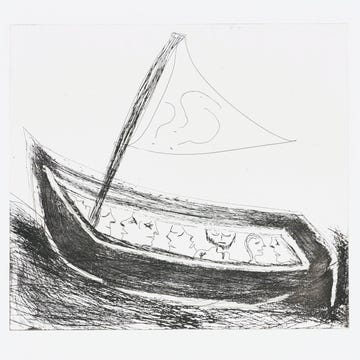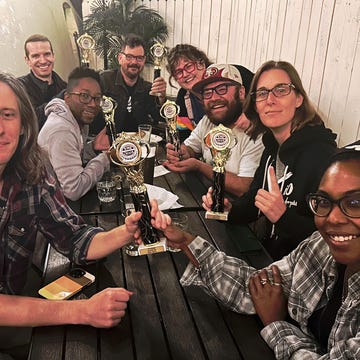It’s not clear what finally led the Eastern Pomo and Clear Lake Wappo people in Northern California’s Lake County to kill Andrew Kelsey and Charles Stone in December 1849, but they had no shortage of reasons. In an era of widespread exploitation of Native people, the two ranchers stood out for their brutality: they enslaved, beat, raped, and tortured the local people. Despite these atrocities, the first white settlement in Lake County was named Kelseyville in 1882. As one resident who asked to remain anonymous told me: “It’s like saying you live in Hitlerville.”
After a concerted effort by area residents, the town (population 3,382) is on track to be renamed Konocti, a Native name for the nearby mountain. This highly symbolic change may spur other communities to reconsider their names as well. In the Bay Area, for instance, Fremont takes its name from genocidal army captain John C. Frémont.
“People sometimes argue that renaming erases history, but I think how it actually works is that more people get interested in history,” says Daniel Rück, a history professor at the University of Ottawa who has researched the reclaiming of place names by Indigenous communities in Canada. “It’s a great catalyst for people to think about the place that they live and where the names of rivers, mountains, and towns come from.”
In his 2016 book, An American Genocide, historian Benjamin Madley recounts how white settlers decimated Native American populations in California. After Kelsey and Stone were killed, vigilantes and U.S. Army troops responded by indiscriminately massacring Native people across the broader region, marking a new level of state-condoned violence. The most infamous of these massacres took place about 17 miles away from present-day Kelseyville, when soldiers surrounded a group of Pomo on an island in Upper Lake and murdered everyone, including women and children. The place that became known as Bloody Island is today the site of a land-reclamation project.
Clayton Duncan, who chooses not to identify with a particular tribal group and calls himself a hin-til (human) member, lives in the Lake County town of Nice and grew up hearing of how his great-grandmother Ni’k-ka survived the massacre by hiding underwater and breathing through a tule reed. She was six at the time.
“I was only 4 when she passed away, but my great-grandmother would be crying as she told the story,” says the 74-year-old Duncan, who participated in the third Native occupation of Alcatraz in 1969.
While watching his granddaughter play in a middle school basketball tournament in 2006, Duncan saw that the mascot of the Kelseyville Braves was wielding a tomahawk while wearing a mohawk, feathers, and war paint. Duncan found the mascot offensive. “Every time my granddaughter’s team scored, I’d jump up and yell, ‘I’m not your mascot!’” says Duncan. “It pissed me off.”
Duncan advocated that the Kelseyville Braves and the high school’s Kelseyville Indians be renamed. The school board agreed. Faced with a choice among the Fighting Pears, the Live Oaks, and the Knights, the high school students voted for the last.
Afterward, Duncan began circulating a petition to change the name of the unincorporated town itself. At the time, he wasn’t able to obtain enough signatures to get on the ballot for a countywide vote.
Eventually, a group called Citizens for Healing took up the cause. Its members held a series of meetings around Clear Lake where tribal elders spoke about the impact of the name. The members also discovered that they didn’t need a popular vote to change Kelseyville’s name: they had to go through a federal agency, the U.S. Board on Geographic Names (BGN), which has some authority in naming “unincorporated populated places” as well as rivers, lakes, mountains, and other landmarks.
Since 2014, the BGN has renamed, or is in the process of renaming, 24 locations associated with people who have conducted offensive deeds. (A quarter of these places are named for Confederate leader Jefferson Davis.) The closest parallel to Kelseyville is Patrick’s Point in Humboldt County, which was named after Patrick Beegan, a settler who established a ranch in 1851 and was arrested for murdering a Native boy.
In 2020, California announced an initiative to rename state parks and transportation systems with discriminatory names, and Patrick’s Point State Park is now Sue-Meg State Park, bringing back the Yurok Tribe’s name for the rocky outcropping. Earlier this year, the BGN renamed the California towns of Squaw Valley and Squaw Hill as Yokuts Valley and Loybas Hill, respectively, responding to a federal order to remove squaw from place names. Given these precedents, the members of Citizens for Healing are optimistic that their name-change application, which they filed in October of last year, will be granted.
This essay was adapted from the Alta Weekly Newsletter, delivered every Thursday. To keep reading, become an Alta Journal member for as little as $3 a month.
SIGN UP
Even as Kelseyville’s name is under review, reminders of its whitewashed past remain. Near a bridge spanning Kelsey Creek sits a stone monument commemorating the “Site of First Adobe Home, Lake County,” where the remains of Stone and Kelsey are interred. The 1950 historical plaque acknowledges that the men forced “Indians” to build the adobe but elides more-horrific details. The name may be gone, but the legacy of cruelty will be harder to remove.
“The name is a knife blade that continues to do damage,” says Lorna Sides, a longtime resident who is a member of Citizens for Healing. “The town deserves better, and the Pomo deserve respect and inclusion.”•
Lydia Lee writes frequently about design and architecture in the San Francisco Bay Area and is a local bicycle advocate.












